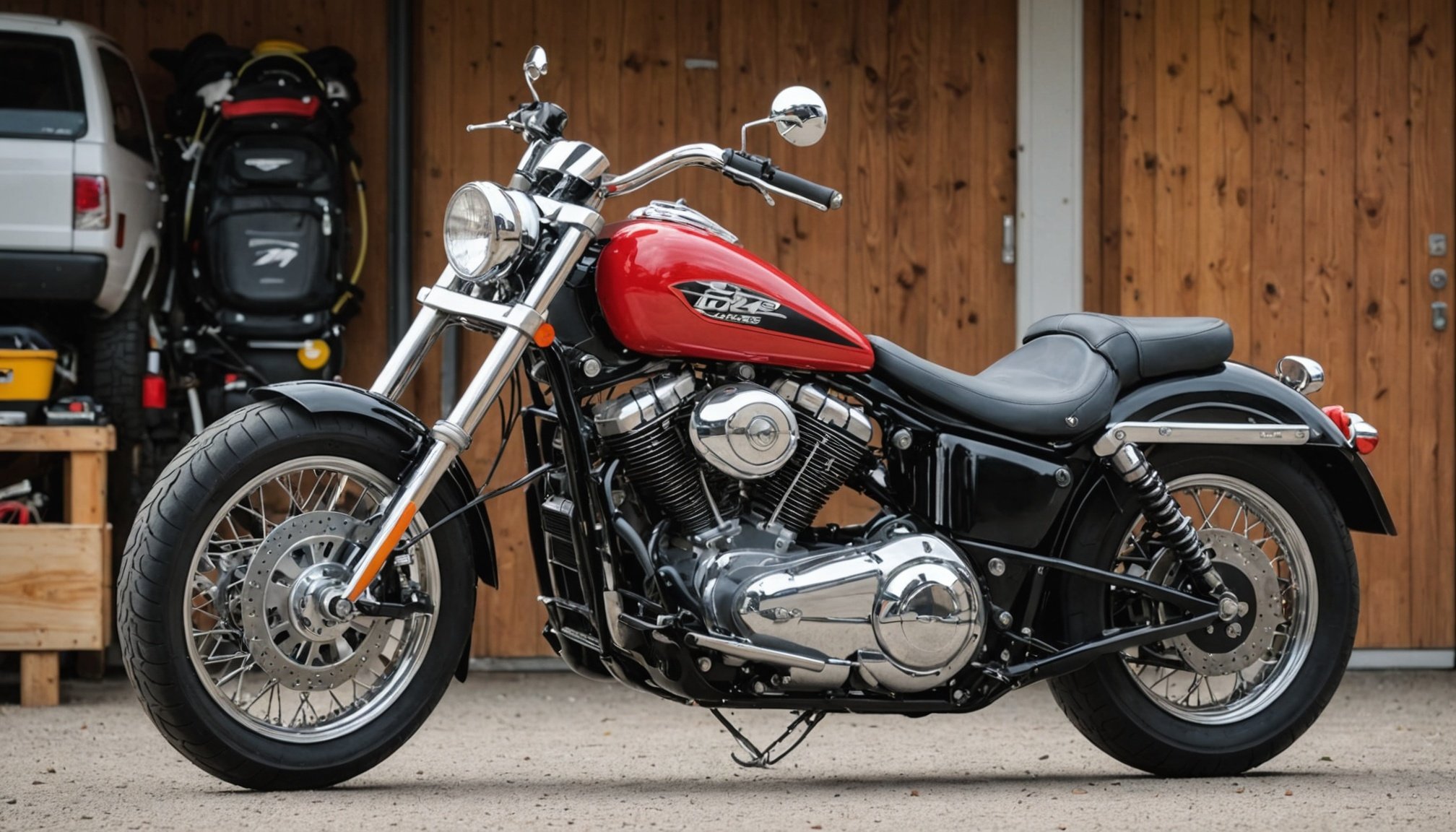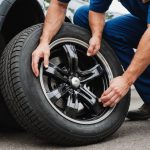As the crisp chill of winter sets in, many motorcycle enthusiasts face the challenge of ensuring their bikes remain in pristine condition during the off-season. The importance of proper storage cannot be understated, as neglecting essential practices can lead to costly repairs and diminished performance when spring arrives. This article delves into comprehensive methods and strategies for storing your motorcycle during this dormant period, ensuring it remains in top shape and ready for the next ride.
Preparing Your Motorcycle for Storage
Before storing your motorcycle, preparing it correctly will ensure it remains in optimal condition throughout the winter. This preparation involves several crucial steps that safeguard various components and ensure a hassle-free ride when the seasons change.
Also to discover : What are the most common causes of motorcycle accidents, and how can you avoid them?
Clean and Inspect
Cleaning your motorcycle thoroughly is not just about appearance; it’s integral to preventing corrosion and damage. Remove dirt, grime, and road salt that can cause rust. Once cleaned, inspect your bike for any signs of wear or damage that might worsen over time if left unattended. Address these issues now to avoid further complications.
Fuel Treatment
Adding a fuel stabilizer to a full tank of gas is essential to prevent the fuel from degrading over time. It prolongs the life of the fuel and ensures your engine starts smoothly when you’re ready to ride again.
Topic to read : What should you do to stay calm and focused in challenging riding situations?
Battery Maintenance
Disconnect the battery and store it in a safe, dry place. Consider investing in a trickle charger to maintain the battery’s charge during storage, preventing degradation and ensuring it is fully functional when needed.
Lubrication
Grease and oil are your motorcycle’s best friends when it comes to storage. Lubricate all moving parts, including the chain, to prevent moisture build-up and rust formation.
Choosing the Right Storage Location
Selecting an ideal storage location is vital in maintaining your motorcycle’s condition throughout the off-season. Whether you have access to a garage or a storage unit, each option comes with its own set of considerations.
Garage vs. Storage Unit
If you have a garage, it provides convenient, often cost-free, shelter for your motorcycle. Ensure it is a dry and moisture-free environment, as excessive moisture can lead to rust and corrosion. Alternatively, renting a storage unit specifically designed for vehicles can offer added security and controlled climate settings, although it may come at a cost.
Protection from the Elements
Regardless of your chosen location, investing in a high-quality motorcycle cover is crucial. It offers a layer of protection against dust, dirt, and potential moisture. Opt for covers that provide ventilation to deter moisture accumulation.
Temperature Control
While not always possible, keeping your storage area at a stable temperature can significantly impact the longevity of your bike. Rapid temperature changes can cause condensation, leading to rust and electrical issues.
Security Measures
Consider additional security measures for your motorcycle, especially if it’s stored in a shared or less secure location. Locks, alarms, and security cameras are worthwhile investments to deter theft or vandalism.
Protecting Your Motorcycle’s Components
Ensuring each component of your motorcycle is protected during storage is crucial for maintaining its performance and roadworthiness. Focusing on specific components will help you avoid common pitfalls and keep your bike in excellent condition.
Tires
Over time, tires can develop flat spots if left stationary for extended periods. To prevent this, consider elevating your motorcycle with a stand or ensuring the tires are fully inflated and occasionally rotated.
Fluids and Oils
Regular oil changes are essential before storing your motorcycle. Fresh oil prevents any contaminants from causing damage during the storage period. Similarly, check and top off other fluids, including brake fluid and antifreeze, to maintain system integrity.
Brakes and Suspension
It’s crucial to ensure your brakes are in optimal condition before storage. Avoid engaging the brake during the storage period to prevent the pads from sticking to the discs. Additionally, inspect and adjust the suspension settings to maintain stability.
Metal Surfaces
Applying a thin coat of oil or rust inhibitor to exposed metal surfaces is a proactive step against corrosion. This includes the exhaust pipe, where moisture can easily gather, leading to rust.
Insurance and Legal Considerations
While preparing your motorcycle for storage involves several practical steps, it’s equally important to consider insurance and legal aspects to ensure complete protection.
Insurance Coverage
Review your current insurance policy to determine if adjustments are needed during the off-season. Some policies offer a lower premium for stored vehicles, while others might require a “laid-up” policy, which provides coverage against theft and damage without liability coverage.
Registration and Documentation
Check if your local regulations require you to maintain your bike’s registration during storage. Some jurisdictions allow seasonal storage, potentially saving money.
Liability Considerations
Ensure any chosen storage method or location adheres to legal requirements, such as fire safety standards, to avoid liability issues. If using a professional storage facility, confirm their insurance coverage and terms.
Document and Record
Maintaining a detailed record of all pre-storage preparation steps, including photographs, can be invaluable. This documentation aids in potential insurance claims and ensures you remember all necessary maintenance tasks.
Storing your motorcycle during the off-season requires thoughtful preparation and execution. By addressing each aspect—from cleaning and covering to choosing the right storage location and considering insurance—you ensure your motorcycle emerges from winter unscathed and ready for your next adventure. Careful planning and adherence to these best practices not only preserve your investment but also give you peace of mind, knowing that your bike is safe, secure, and well-maintained until it’s time to ride again.











